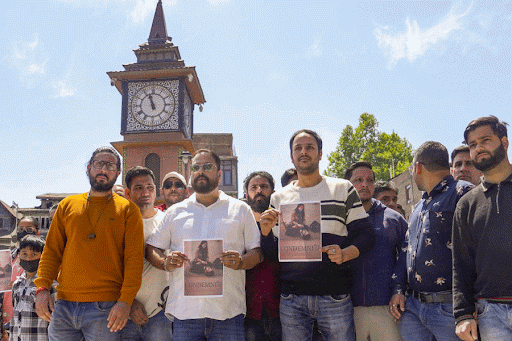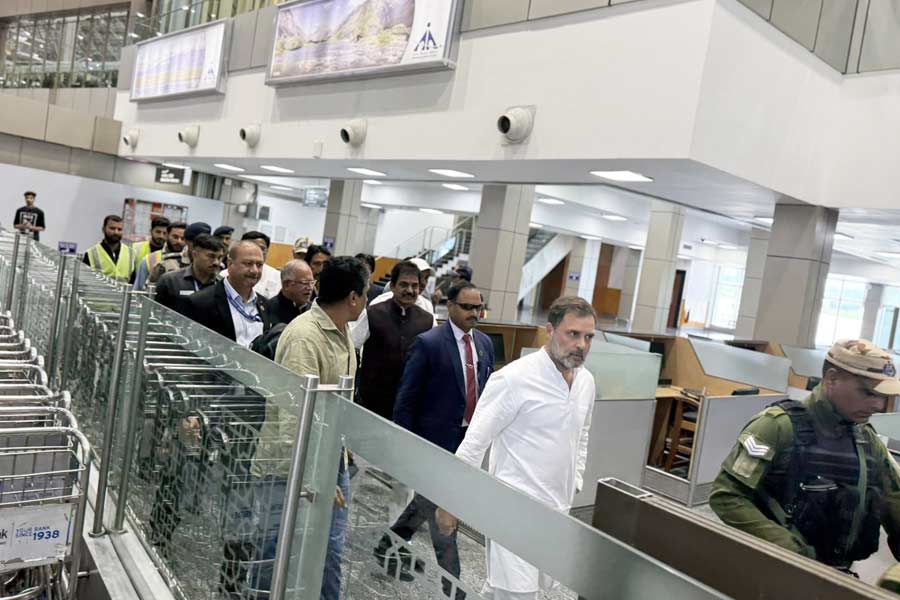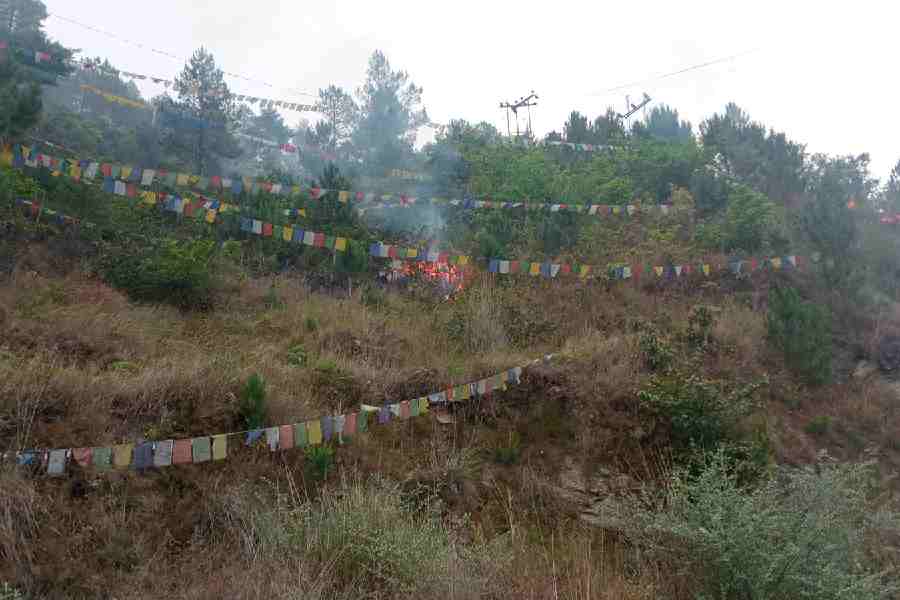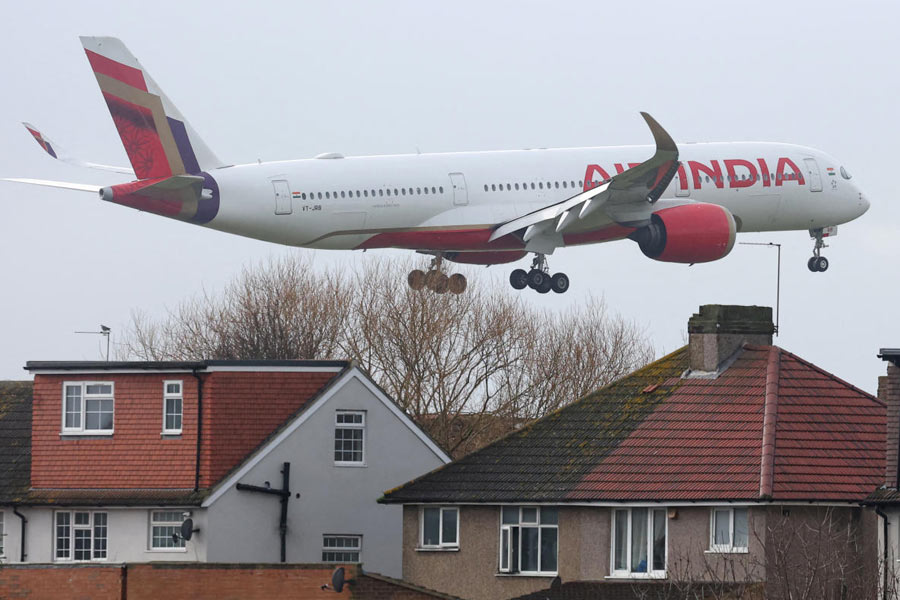Bhau Daji Lad Museum in Mumbai | Writers’ Buildings |
 |  |
| The Bhau Daji Lad museum (formerly Victoria and Albert Museum), restored by Vikas Dilawari in 2006, won the Unesco Asia Pacific Award for Excellence, the highest award bestowed on any building in Mumbai. The 134-year-old building lay in a state of disrepair for years until INTACH Mumbai Chapter stepped in. The museum was restored through a pioneering public-private partnership involving the Brihanmumbai Municipal Corporation, INTACH and the Jamnalal Bajaj Foundation. An inspection report was prepared in December 1997 and conservation work was executed in three stages. | |
For 23 years, conservation architect Vikas Dilawari has helped restore some of Mumbai’s grandest structures. From the Gothic Rajabai Tower to Flora Fountain, Bhau Daji Lad Museum (formerly Victoria & Albert Museum) to Elphinstone College. The Bhau Daji Lad museum restored by Dilawari in 2006 won the Unesco Asia Pacific Award for Excellence, the highest bestowed on any building in Mumbai.
The 48-year-old conservation architect took Metro on a step-by-step guided tour of what it means for a landmark like the Writers’ Buildings to be restored.
First and foremost it is a good decision to make the building vacant for any agency to work. The sequence of working on this or any other project like this involves the following methodology
● Documentation of existing or as-built drawings (which perhaps would be there as it is such a significant building), identifying buildings of significance and insignificant buildings which can be demolished. Preparation of inspection reports
● The areas to be demolished will have to be relocated or moved, hence a planning exercise is essential as to which department remains and which gets shifted
● The demolition of buildings will require to be tendered
● New plans based on accurate as-built drawings are essential for interior and exterior planning
● Once this is done, services like electrical, HVAC (heating, ventilation and air-conditioning) and plumbing can be co-ordinated
● The ambience or heritage has to be considered and necessary repairs carried out before having new layouts
● Necessary sanctions and permissions would be required from the Calcutta Municipal Corporation and the heritage committee
● Once the permissions are in place the tenders would have to be floated, analysed and then awarded following the laid governmental procedures.
All the above is planning-related work which will take substantial time despite trying one’s best to expedite things.
Then comes execution:
● This involves demolition of buildings
● Erection of scaffold
● Exterior and interior repairs and restoration (and not beautification)
● Services to be integrated (fire fighting, fire detection, CCTV, HVAC, plumbing, telephones...)
● Finishes to be executed complementing the heritage character
● Landscaping, external illumination, signage to be done
● Certifying bills following the laid governmental procedures.
All this is multi-disciplinary work and coordination is really laborious and also dependent on site conditions.
Having executed a few governmental projects, it is seen that in many such projects the focus is on beautification and not necessarily on conservation.
It is good that the Bengal government is taking a keen interest in restoration but it certainly should be done according to best standards which others can then follow. Such projects do require good time and effort. Maybe a good one or two years.











